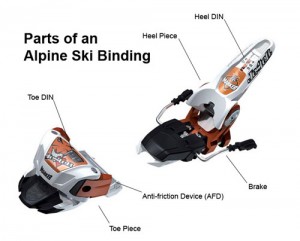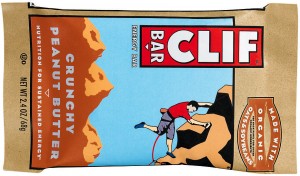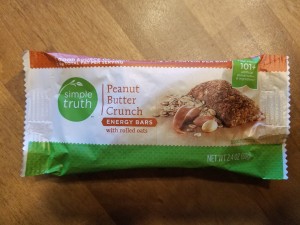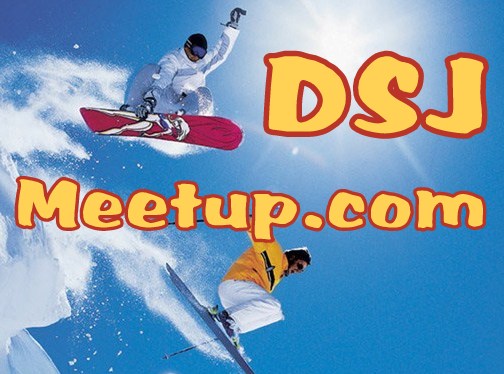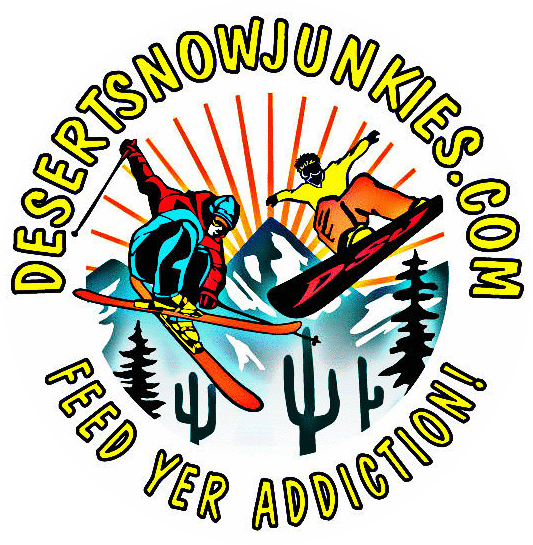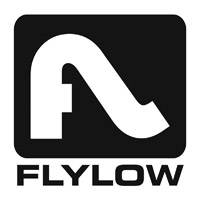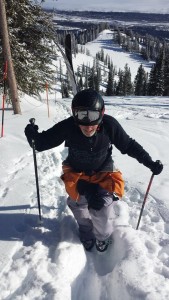 DSJ, like a lot of folks these days, has joined the growing trend and decided to get more adventurous with our skiing this season. Unless you’ve been living in a tree well for the last five years, you’re no doubt aware of the exploding popularity of backcountry skiing. But how many of us are actually able to commit the time, the money for special equipment, and the safety training to do it properly?
DSJ, like a lot of folks these days, has joined the growing trend and decided to get more adventurous with our skiing this season. Unless you’ve been living in a tree well for the last five years, you’re no doubt aware of the exploding popularity of backcountry skiing. But how many of us are actually able to commit the time, the money for special equipment, and the safety training to do it properly?
There is a compromise available, however, in the form of inbounds “hike-to” or “side-country” terrain that is being embraced by many big western resorts and requires none of the commitments above, but only a good set of thighs and a sense of adventure.
I’m excited about the idea of earning my turns, and wherever, and whenever, I get the chance to take on any hike-to terrain, I have resolved to maximize it. But, what I don’t have is a pack to carry my skis. Actually I do, but I won’t use it because I hate wearing a pack for resort skiing! It’s extra weight, a hassle on the lift, and everything I normally carry fits easily into my pockets. As a matter of fact, in the past I just carried the skis over my shoulder. This leaves your poles as extra baggage rather than tools for optimum efficiency and balance, and just basically sucks.

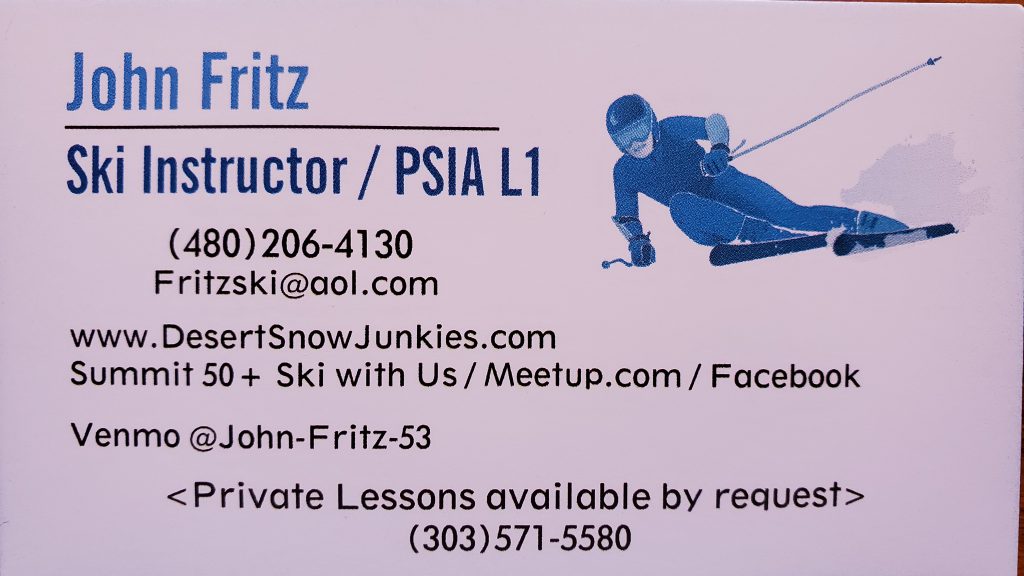


![skiing-on-money[1]](https://desertsnowjunkies.com/wp-content/uploads/2013/07/skiing-on-money1.jpg)

![10thm11[1]](https://desertsnowjunkies.com/wp-content/uploads/2013/06/10thm111-204x300.jpg)
